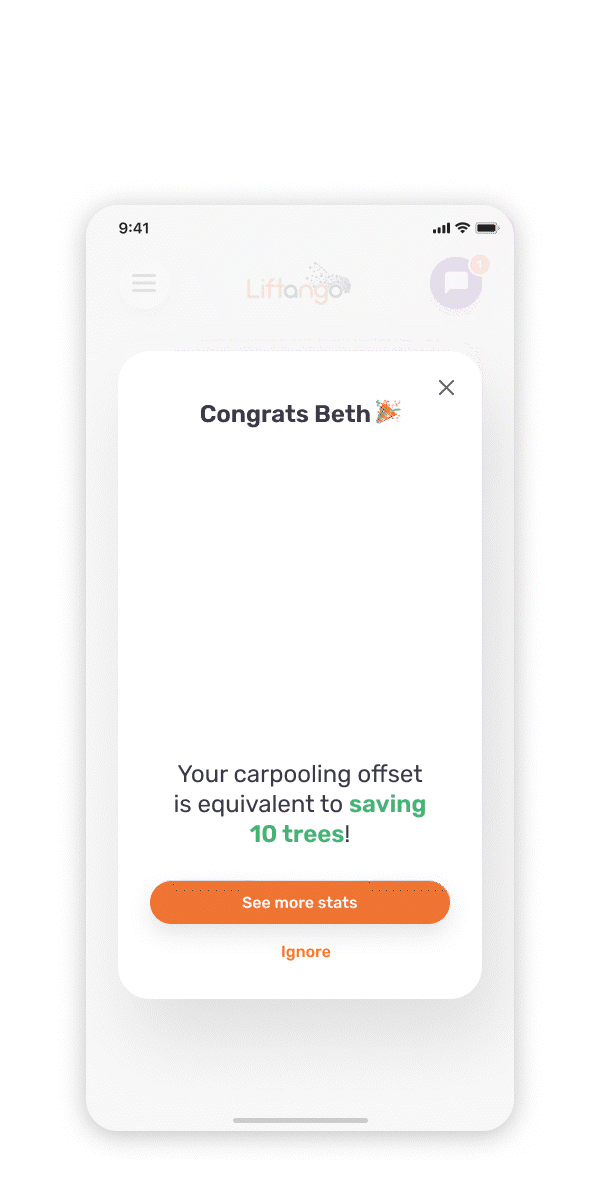Kenneth Blanchard once said, "The key to successful leadership today is influence, not authority." I've always believed in the fairytale of dreaming big, reaching for the stars, and exceeding expectations. If I can pass that seed onto the next designer, I’m doing something right.
Changing hats from a designer to a design lead can feel overwhelming. When your job title changes, you may wonder, “Am I ready for this? ”. As they say, it’s like having a baby – you never feel fully prepared. When I worked at Liftango, I transitioned from a Product Designer to the Head Of Product Design position. My title may have changed to a lead for the first time, but I had already led other designers.
I never want to think I'm the complete expert. One of the ways I stay hungry to learn and grow is through teaching others. Since I dislike the feeling of others feeling excluded, when something was easy for me at university, I helped others who were struggling. Helping others succeed always feels fulfilling. As a result, my university presented me with the "Student Creative Leader" award for my degree. My career progression was similar. No matter what my title was, I was often chosen to mentor other designers.
How did I prepare as a leader with a title? My mind went to the best boss I'd ever had and the way she treated me: a willingness to help me grow, flexibility in dealing with life circumstances, confidence in my abilities, and a mutual understanding to listen respectfully to each other.
In addition, I gained inspiration by reading Tarah Wheeler's book "Women in Tech: Take Your Career to the Next Level". In spite of the book not specifically focusing on leadership, it was an honest and raw account of how women in the tech industry felt and progressed in their careers.

Liftango had never had a "Product Design team" (it had always been a team of 1). For our design team, I wanted to outline the design standards/pillars, the processes we should follow, as well as how a "dream team" might look. Using other successful tech companies as a model, I examined their design evolution, mission statement, strategies, and processes.
I really love Microsoft’s design principles:

It was important for me to consider the responsibilities of every role, including the details of everyday tasks. From a bird's eye view, I wanted to make sure we would work together to achieve greatness.
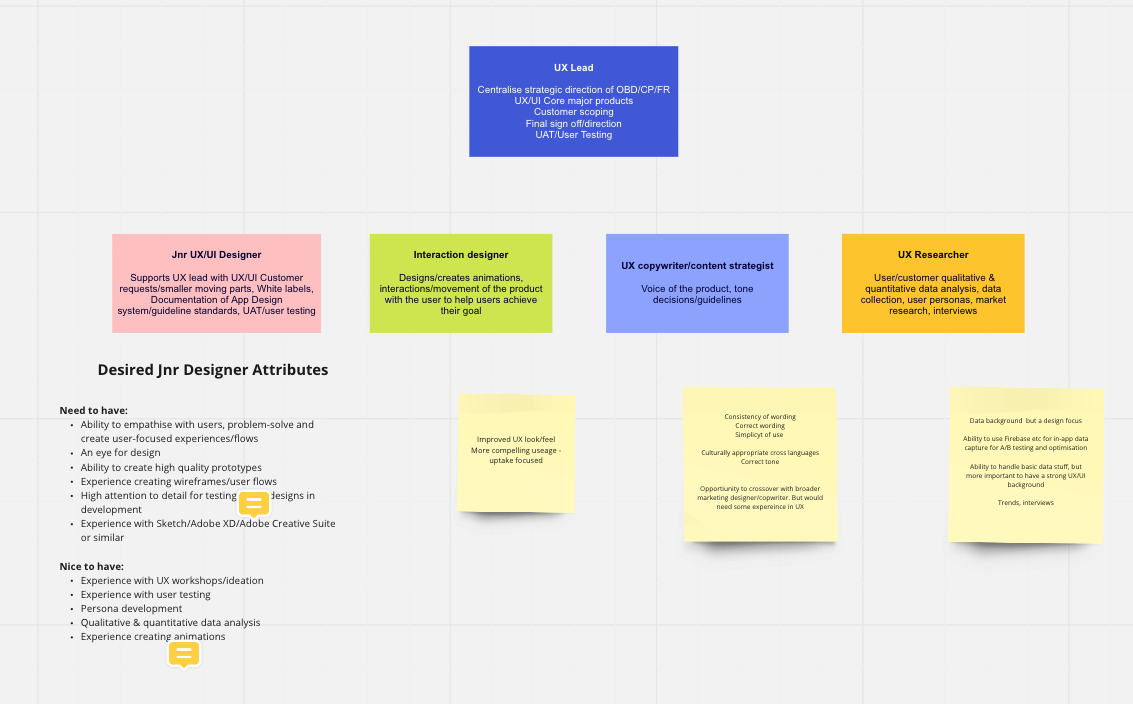
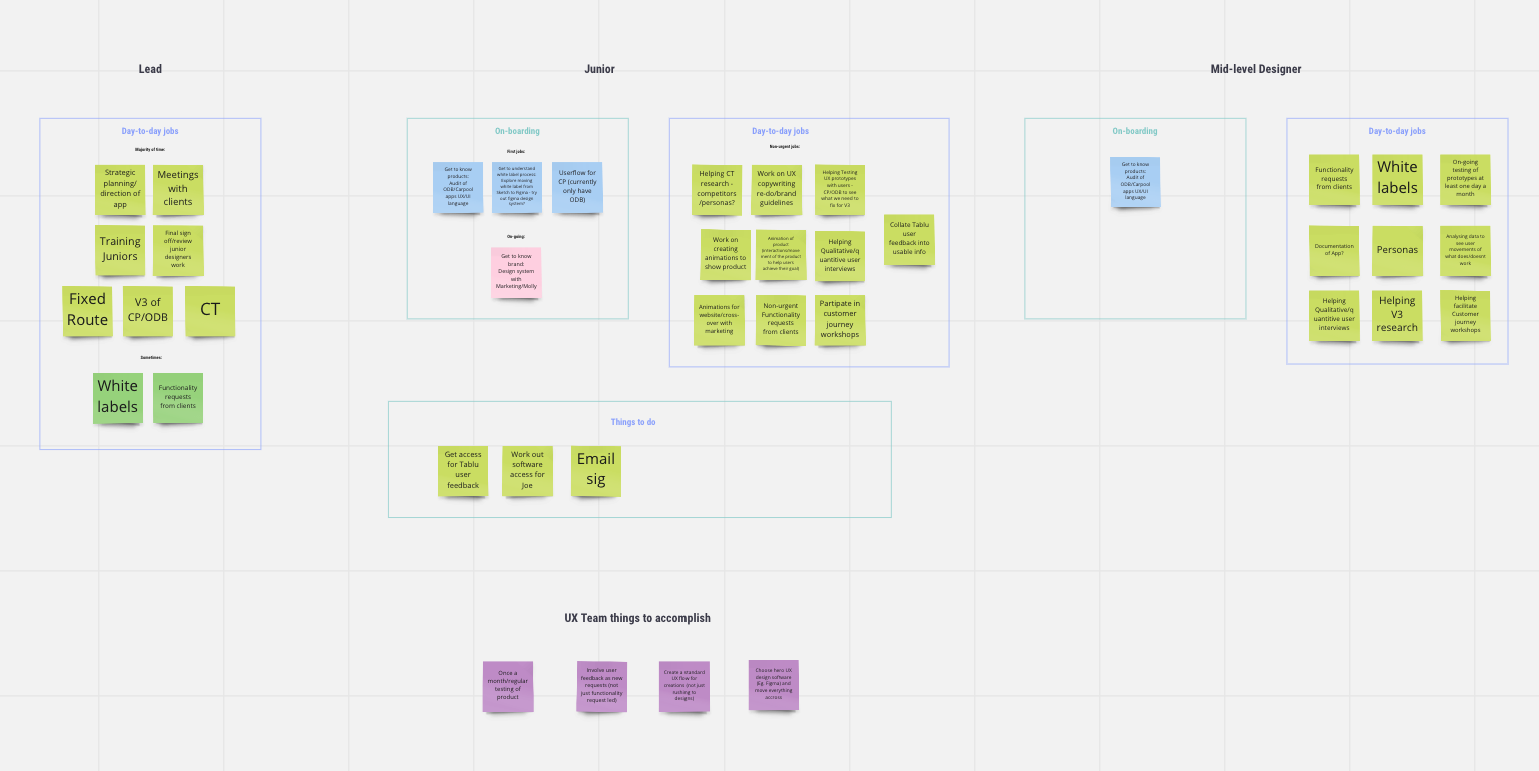
I had to stop and think about what exactly I was looking for when hiring a designer. For me, it's not about qualifications, but about the "eye for design". I am also frustrated when I see job ads for juniors that require existential experience. In my opinion, education and experience are important, but there is something about design that can't be taught. It is a natural quirk to have that eye for detail, to think differently.
I also wanted someone who would fit into a friendly, encouraging, positive environment. A picture is worth a thousand words, and I believe the same is true for a resume. What will the designer's creations look like if their resume isn't designed or spaced correctly? I eliminated a lot of applicants due to poorly designed resumes.
In preparation for the interviews, I shortlisted several candidates who showed potential. For each round of interviews, I prepared design-related interview questions such as:
Round 1:
Round 2:
If they made it through the two rounds, I gave them a design challenge to solve and present to us. Using a recent UX problem a client had raised, I provided them with our Figma design file and asked them to concept and design a solution. My goal was to learn more about their solution-design process. I hired people who had a good combination of personality fit and UX/UI quality.
There can be times when it seems like everyone within an organization wants something designed as soon as possible. So how do you sort through the requests and determine what to work on next? For me, Jira was a useful tool for organizing and prioritizing our work. I assigned designers to specific jobs, specified the product, the due date, and dragged them into the appropriate stage of the designs (for example, in-progress, feedback loop, changes needed, etc.). In addition, I created a separate board to collate feedback on specific sections from users.
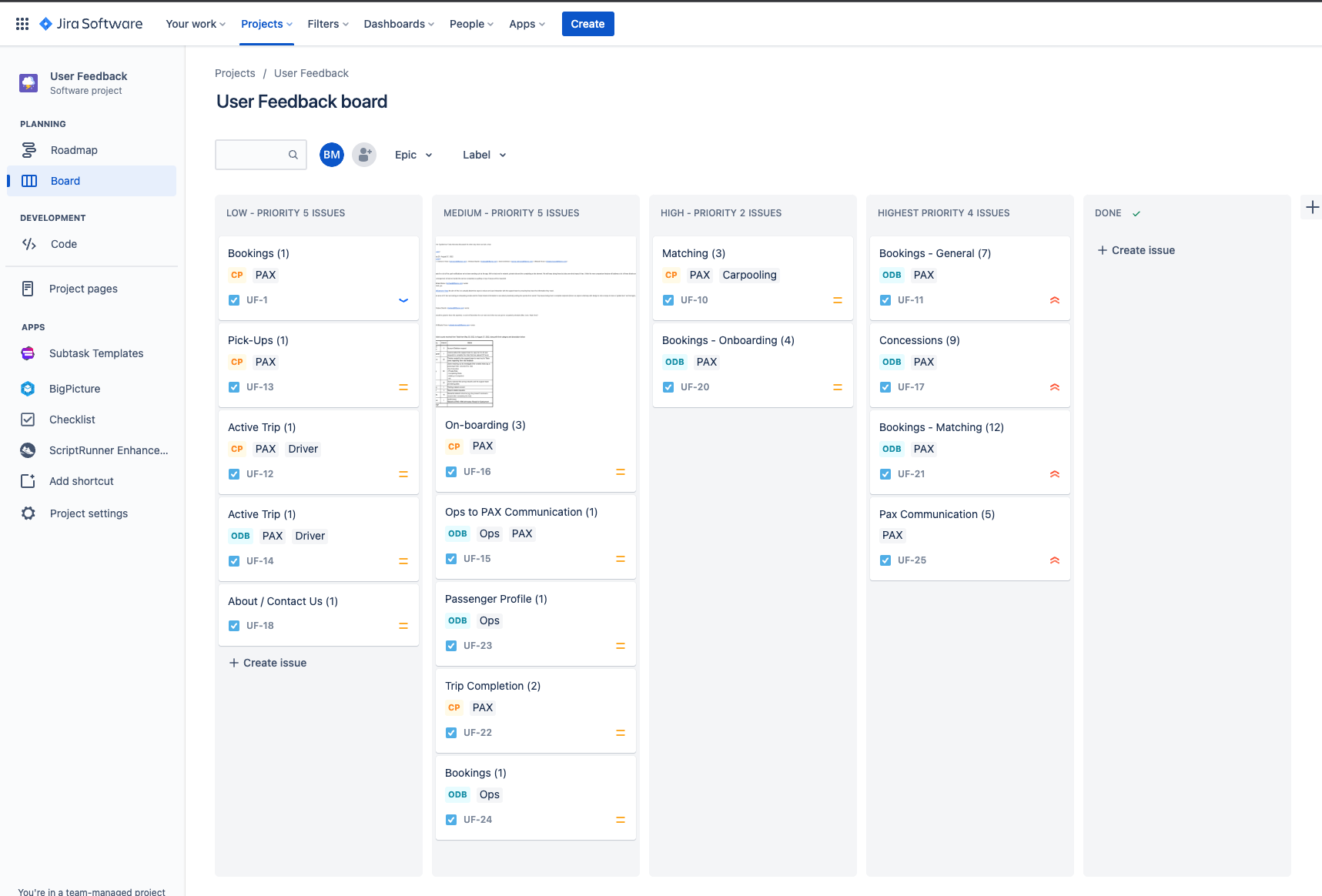
Also, I created a high-level roadmap for Product Design so I could think about the day-to-day tasks we had to complete and the new products coming up each quarter.
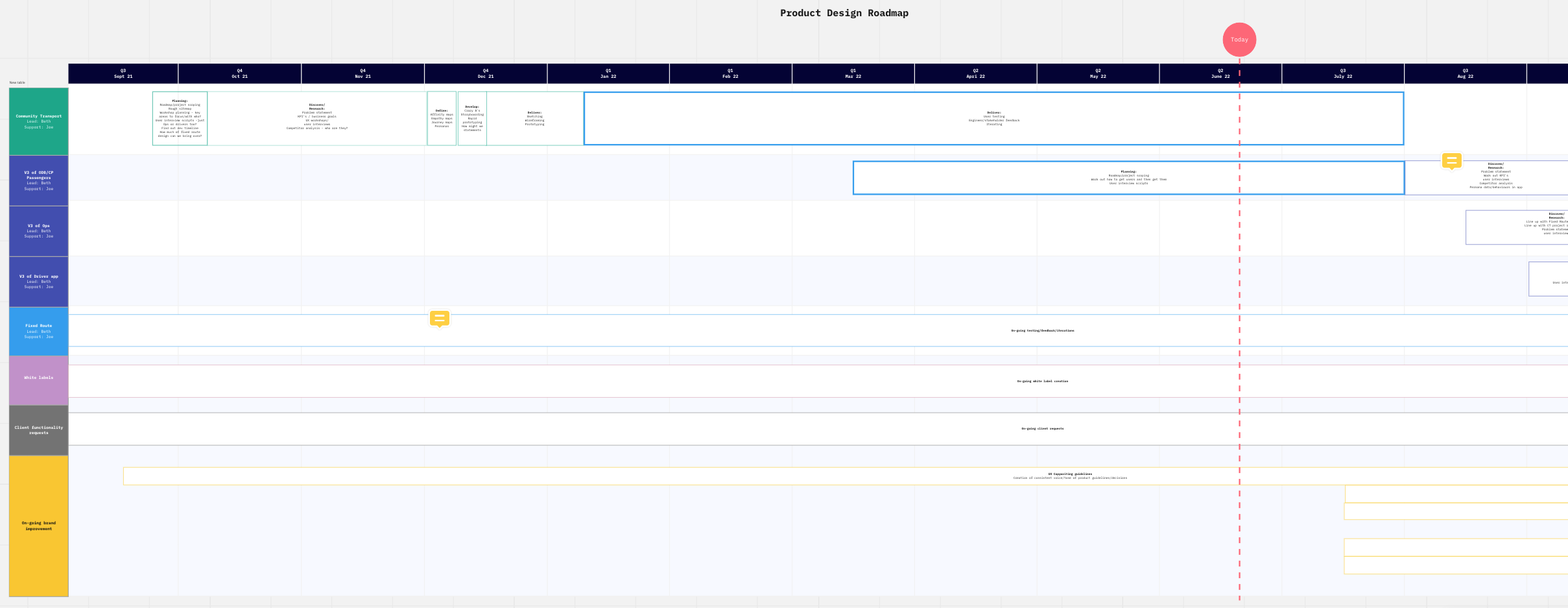
It was also necessary for me to determine what our OKR's (Objectives and Key Results) should be as a team. In terms of our goals, what was most important and most achievable? How can those results be achieved? What are the individual steps required?
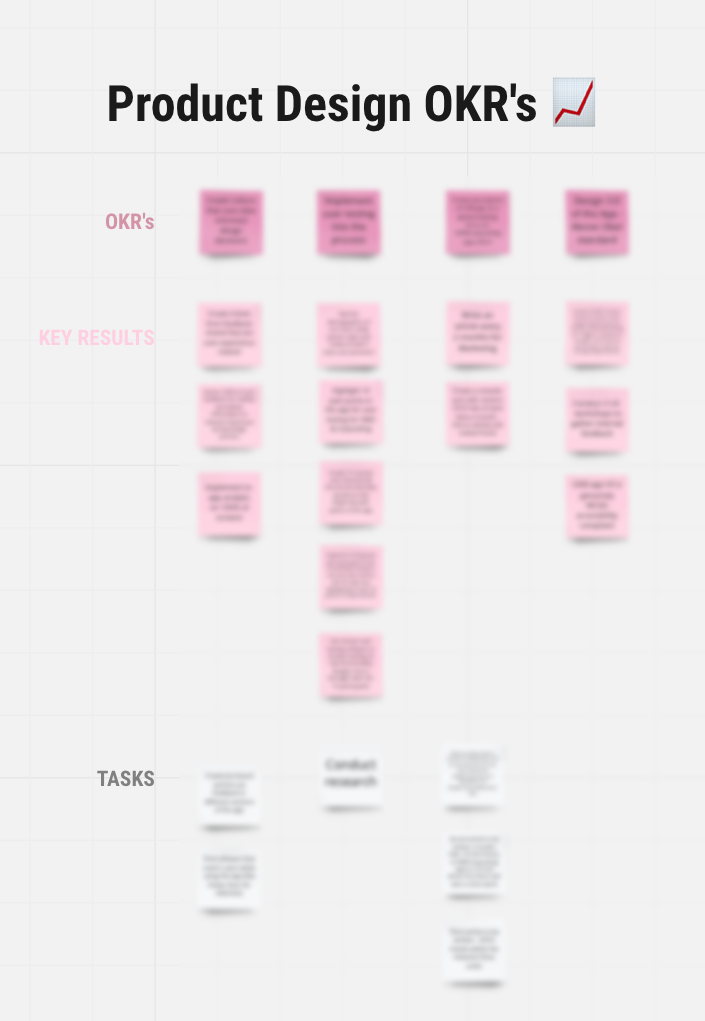
I believe the key to giving constructive feedback is to always be specific. Never say "Love that" and then end the conversation. Keep it specific like "I like the way you personalized that notification so that it referred to their name and grabbed their attention."
It is also imperative to me not to be a tyrant, whose feedback ends the conversation. If I don't like something, I always ask why they made that design decision, for example. "Hey, that background colour seems overwhelming to me. Are there any reasons for choosing it? ”. You can always talk things over. Sometimes the result will be different from what you originally thought, and other times your opinion may prevail. You can be firm with your opinions without being condescending or just plain mean.
How can you ensure that you all design with the same voice when you have different backgrounds, styles, etc. within the same team? It is essential to establish a Design System that everyone can refer to and use. You will save time by not having to re-design the same elements constantly, and you will ensure that consistency is always maintained with the elements looking the same across all products. Documenting non-design things is also important, such as tone of voice, inclusive language, etc. to ensure consistency in language. We used zeroheight which linked to Figma, so the documentation would automatically update whenever the designs changed.
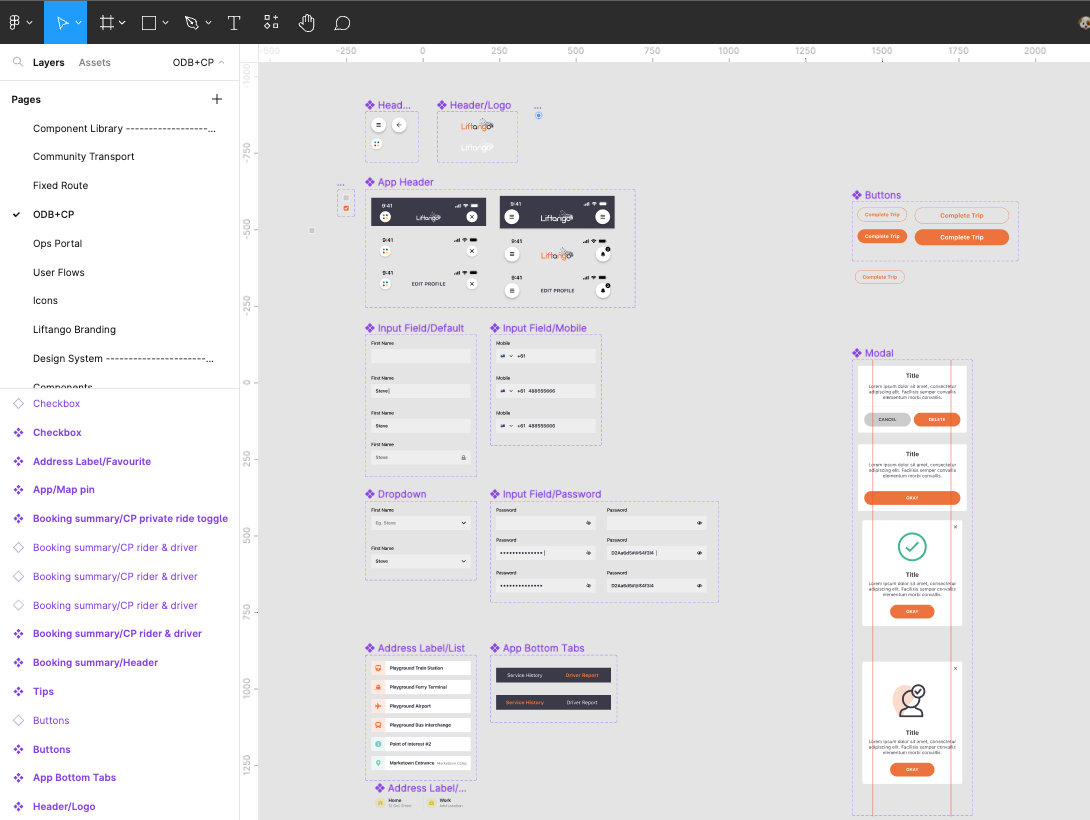
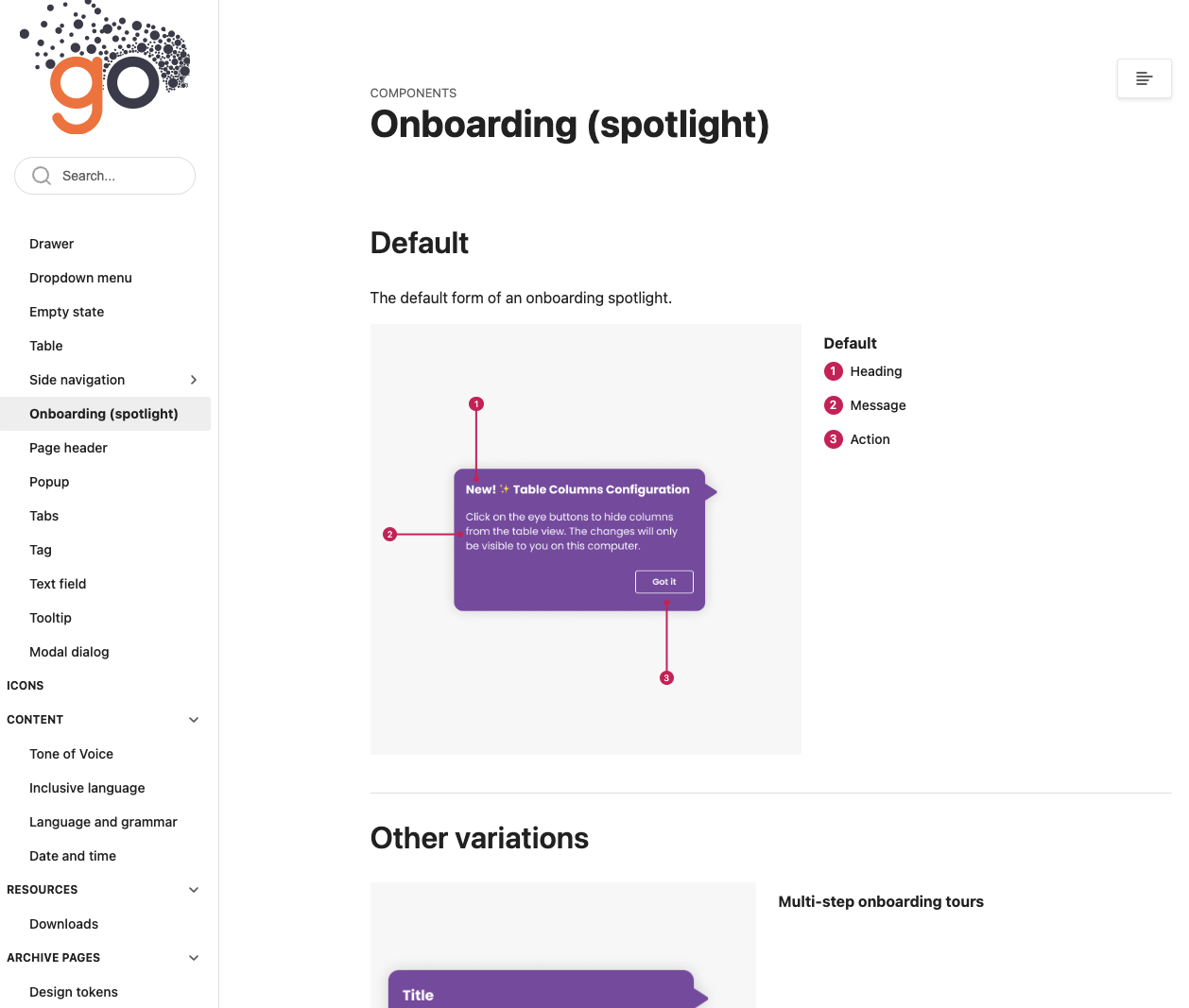
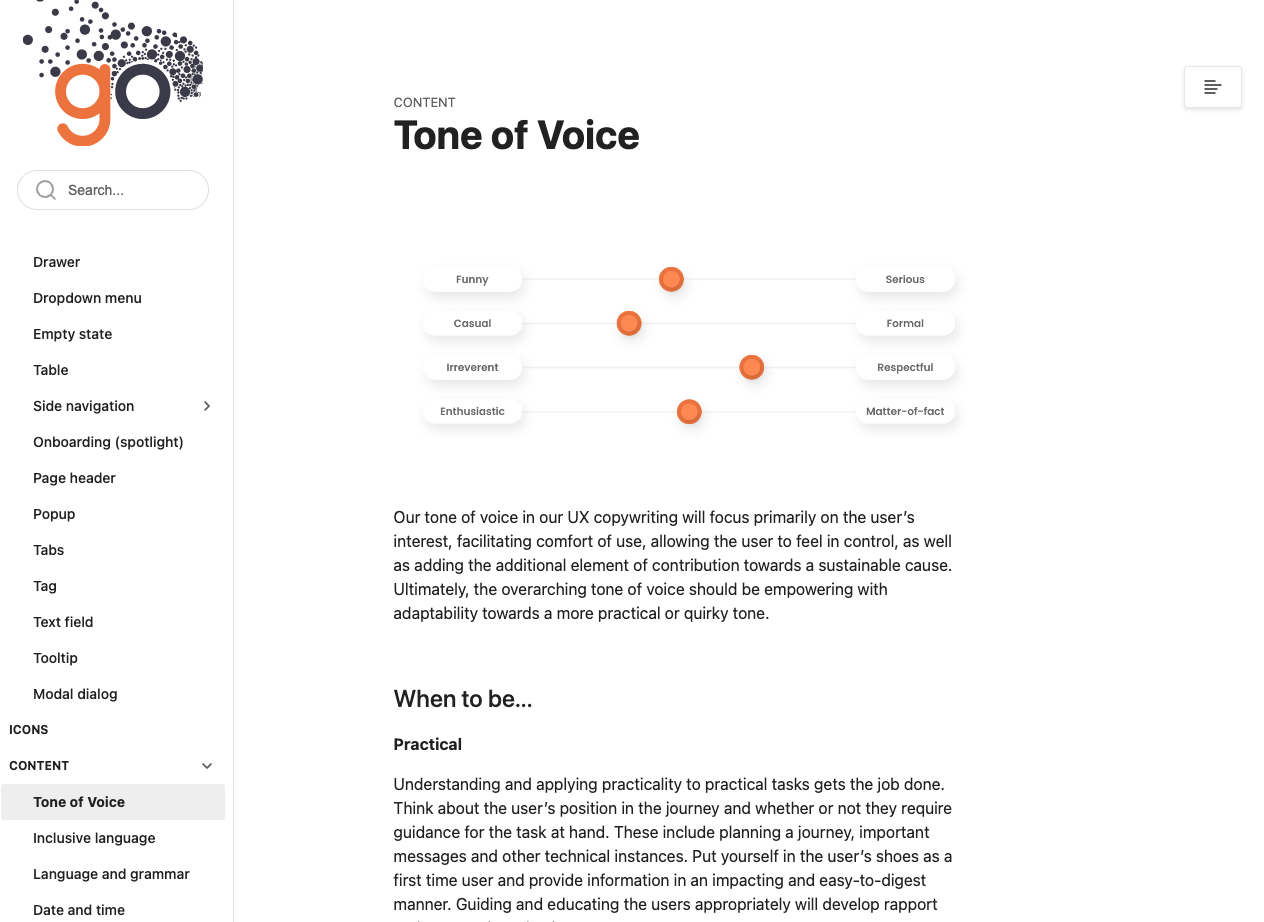
Every day is different. You can never predict how a product, client, or team will perform. Many factors can influence and change the course of what you are building. When faced with difficulties, how do you inspire a team? The most critical thing is to listen to your team, and to provide a safe environment for them to express their feelings. Positive work environments are created by honesty and openness. Taking a step back and focusing on the bigger picture and the impact your product is trying to make is also helpful. We might not be able to do this part of the product anymore, but we can focus on X, Y, and Z.
My designers are also encouraged to take time each week to look at what's happening in the design world. Whether that's subscribing to Design UX newsletters, reading a Medium article a day, taking a Udemy course or just browsing Dribbble or Behance. The importance of collaboration within our industry cannot be overstated. Attending design conferences or even UX Zoom meet-ups can also re-ignite the creative fire.
My gold standard is to always go the extra mile with both the UX and UI whenever I work on something. Whether it's that extra bit of customization for a client or implementing a unique feature to inspire users, I ensure my designers do the same. My goal is to never become another company that just spits out designs for the sake of it. Instead, I want any design we send out into the world to serve a purpose and make a positive impact.
As a product design team at Liftango, what did we actually build? I led the design of new transportation applications, software, and services for passengers, drivers and shuttle operators. I worked with stakeholders, product managers, engineers, data scientists and engineers on making key decisions using the design process standards I developed. Our team created problem statements, client workshops, user interviews, empathy/affinity mapping, sketches, wireframes, prototypes and more based on actual user insights and data. Once our designs were user-tested, we adapted the products accordingly to meet the needs and goals of our users.
Upon handover to engineering, we worked with them in design quality assurance to ensure the development matched the design. As well as writing documentation, providing feedback to designers, delegating tasks, and tracking progress, I ensured the projects (sometimes lasting a year) were always completed on time. As the products evolved with new users and clients, we were constantly adjusting and iterating the design work. My highlight will always be the satisfaction and pure joy expressed by our clients about the high quality design work we consistently delivered.
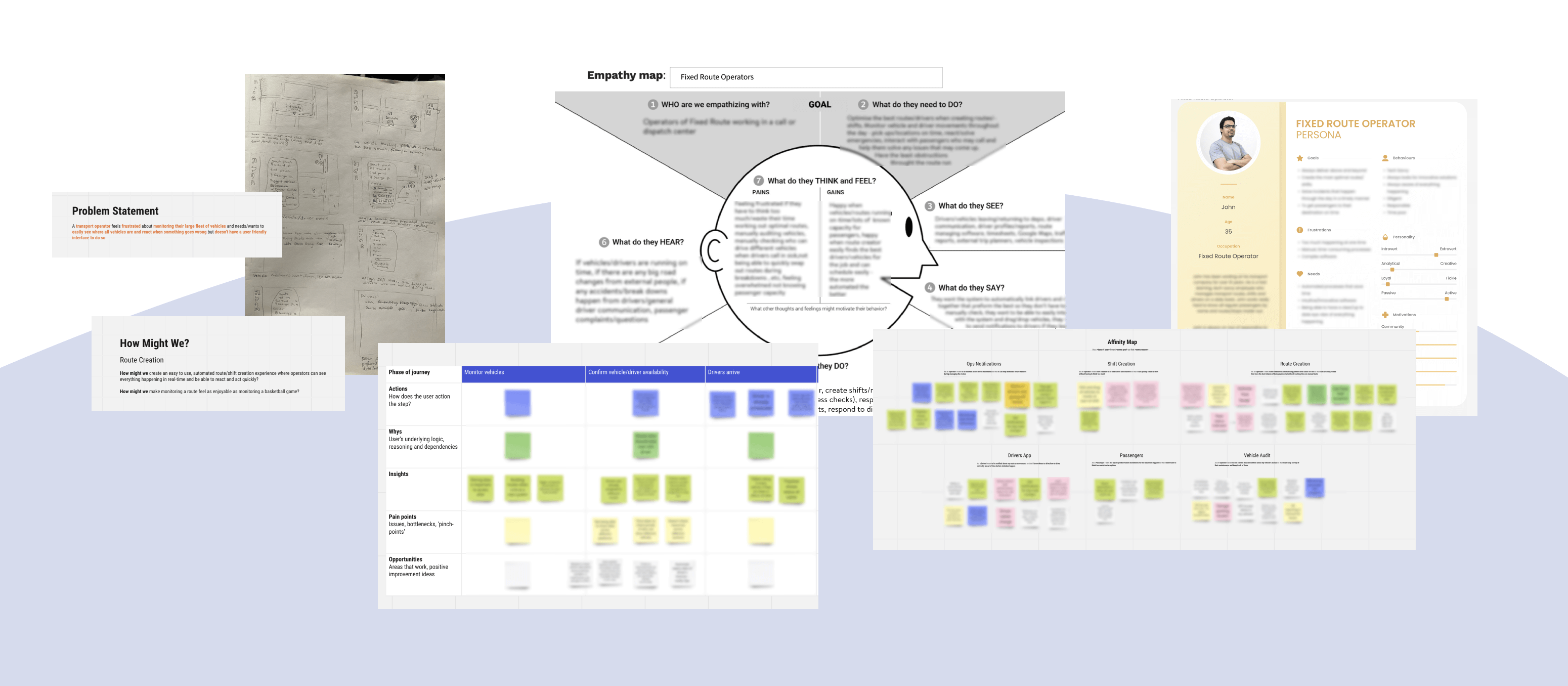

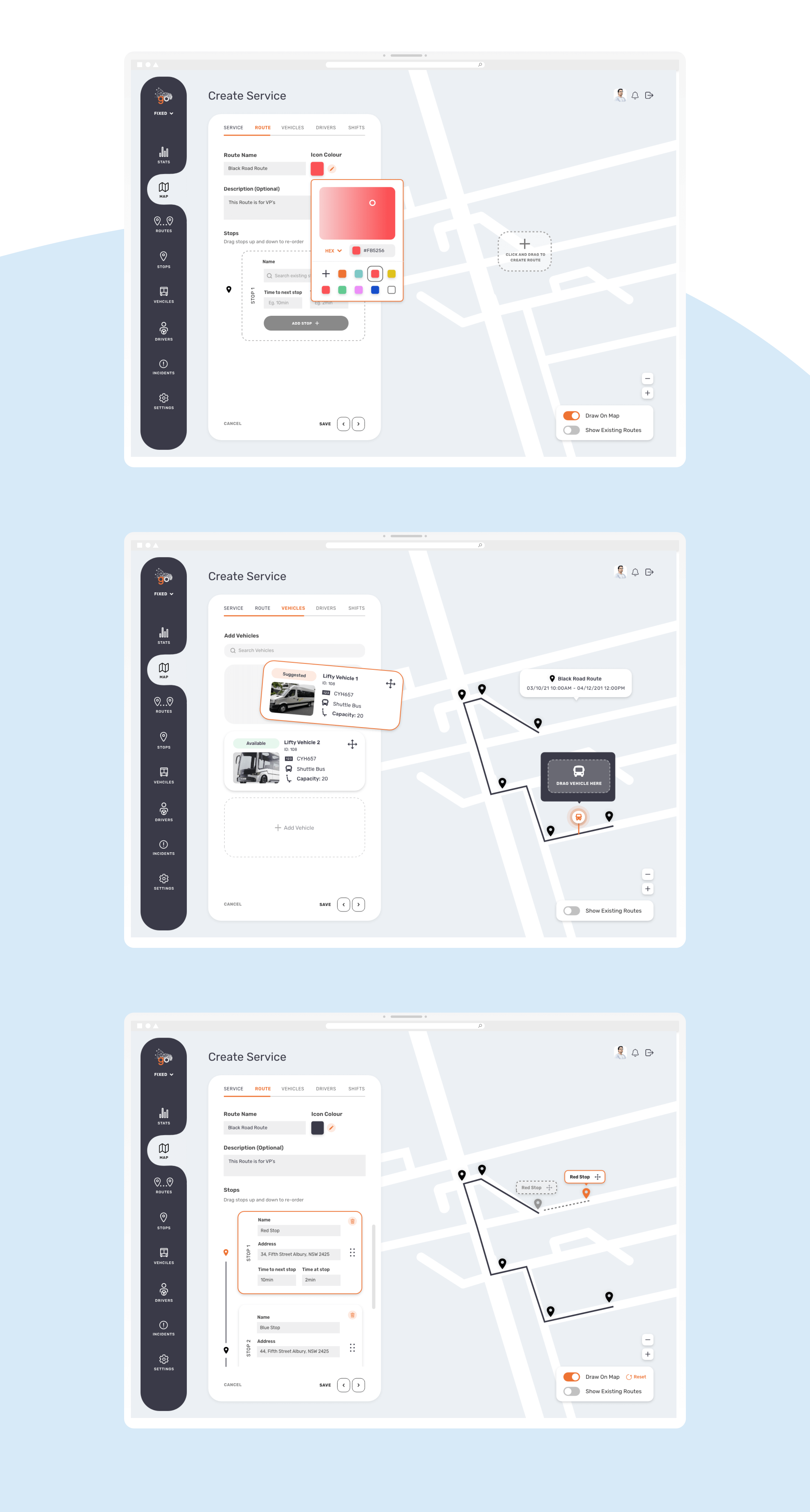
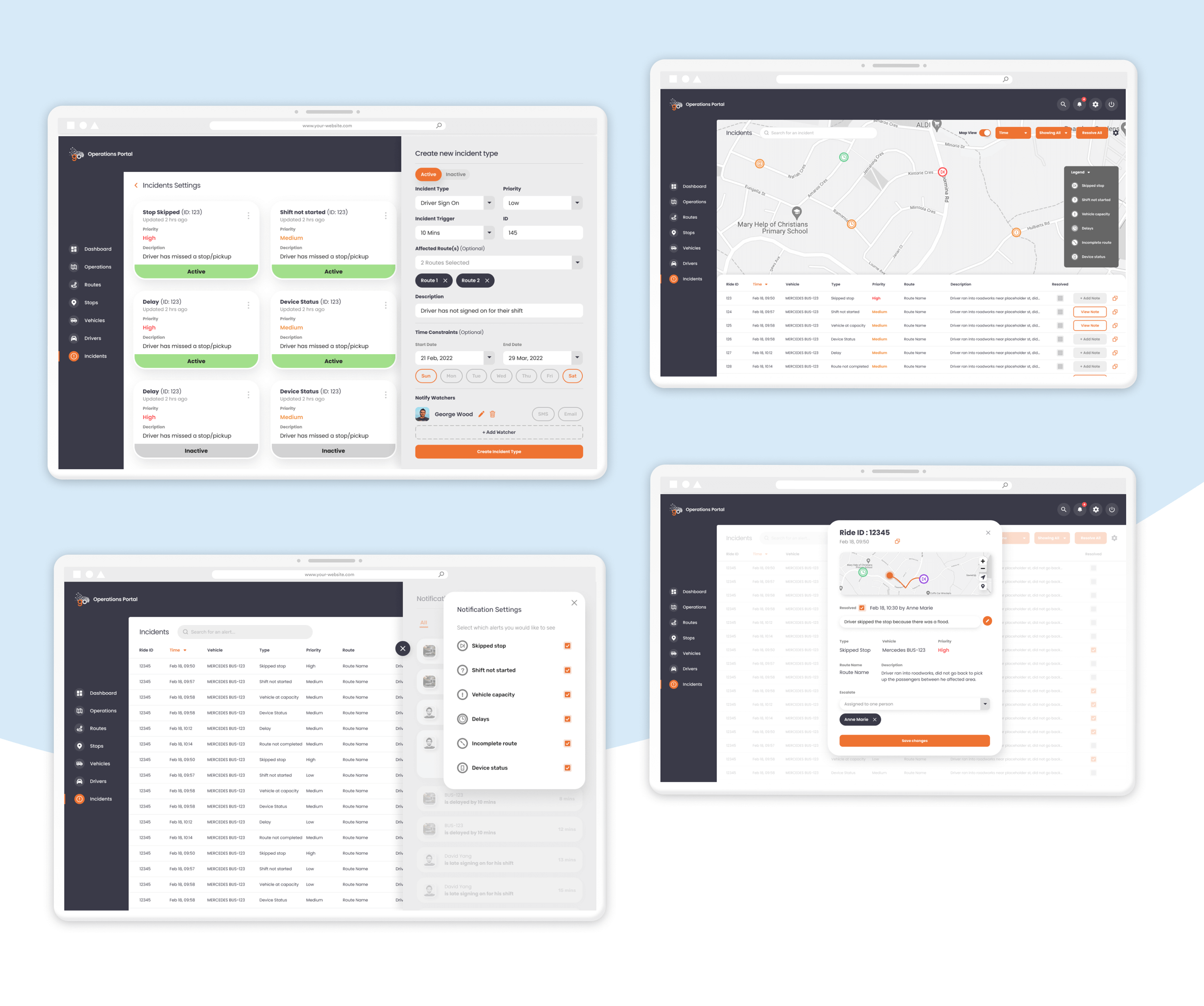
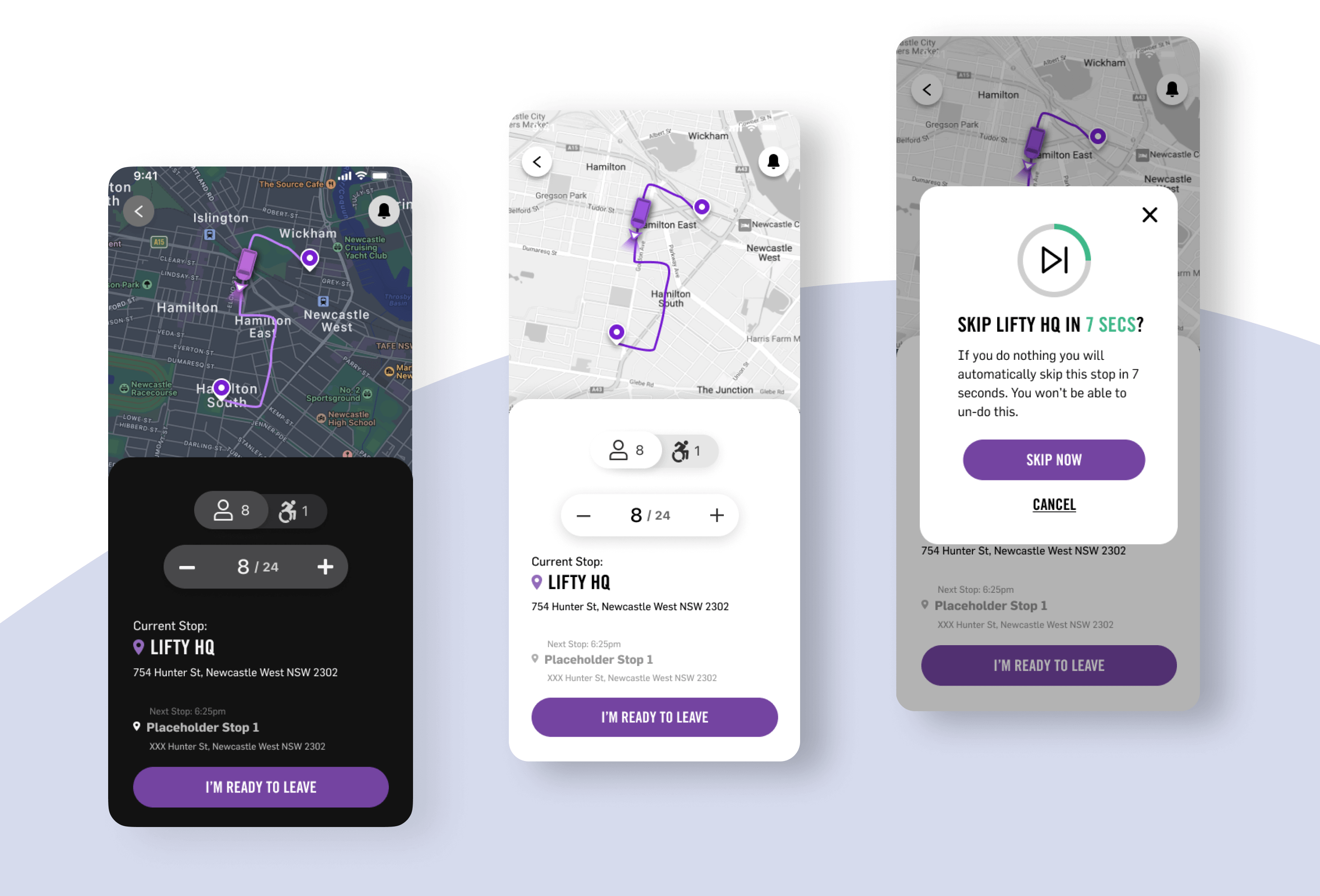
After analyzing the re-designs and new product launches, we learnt that our designs had made a lasting impact through increased signups, trending product usage, and so forth. In my opinion, our biggest contribution was our ability to design with sustainability in mind. Reducing the carbon footprint is one of the most important motivators for work at Liftango. According to The World Bank “By 2050, the number of vehicles on our roads globally is expected to double.” So if there was any way we could minimize that impact and maximize our positive impact on the environment, we wanted to do it.
Our goal was to empower and motivate our users to use shared transport more frequently rather than driving themselves individually. To do this, we conducted research and conducted user interviews. We didn't want to assume that we had the answers, but rather find new ways to discover them. To begin with, we asked if they actually cared about the environment?
Our research revealed that most users were actually concerned about sustainability and the environment, so how could we encourage them to continue using the app? Gamification is one of the most effective ways to entice users to return to an app. When users take rides that reduces the C02 impact, we should be informing them and rewarding them for doing so. A second interesting piece of feedback was that users were more likely to engage with statistics if they could visualize their impact easily and quickly. I led the strategy to make the C02 facts as relatable and engaging as possible by displaying them as tree equivalents.
Users were given a variety of visual C02 stats to choose from and were asked which ones resonated most with them through A/B testing.
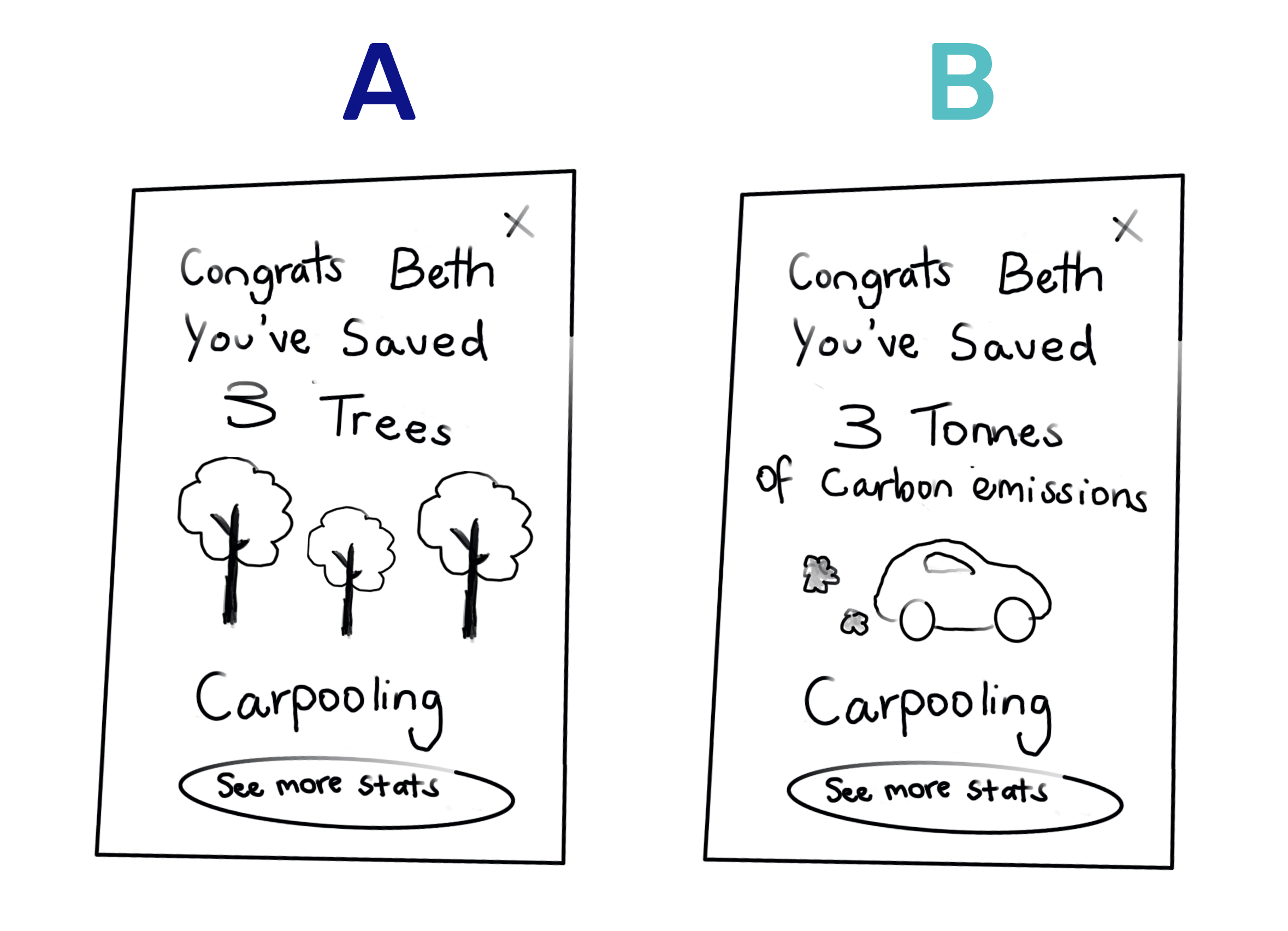
A milestone pop-up that told users how many trees they had saved stood out as the most impressive result. The design was accepted, developed, and released into the wild. As a result, carpooling usage increased by over 25%.
It is always my goal to encourage my design team to design with ecological and social sustainability in mind. Everyday, designers make decisions that guide users towards the greater good or a lesser evil. We have a responsibility to empower our users to leave a positive footprint in the world. In some way, the work we do should have a positive impact on people's lives, whether it is through transportation, food, travel, or even the way we treat one another.
